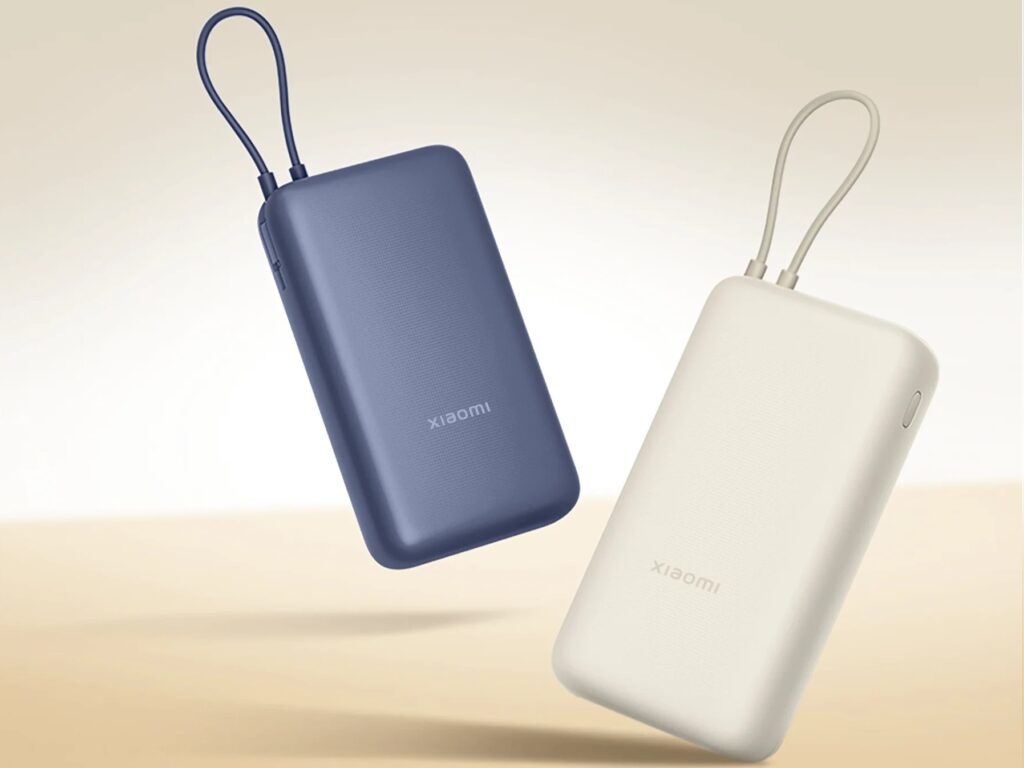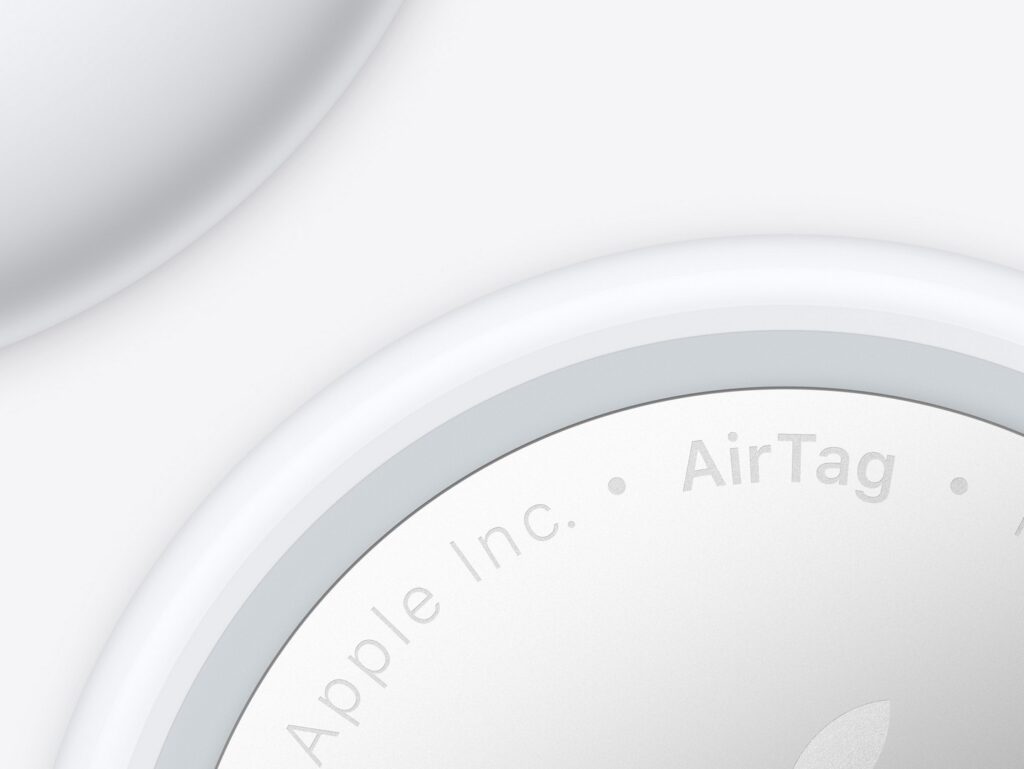The Galaxy Note line, one of Samsung’s most successful line of smartphones, might be nearing its unfortunate end with rumours circulating that the Galaxy Z Fold line of smartphone will replace it as the high-end smartphone for power users. While the Galaxy Note 20 series was overshadowed by the Galaxy z Fold 2, the Galaxy Note smartphones have always been a statement piece, it has always been the device for the power users. It embraced the boxy shape, the stylus and its thickness because while being the most elegant smartphone was not one of its priorities, it always set out to be the most powerful smartphone a person can buy. With its unfortunate demise rumoured to be nearing, it only seems fitting to take a look back at one of Samsungs most iconic line of smartphones.
The Galaxy Note: The Birth of an Icon
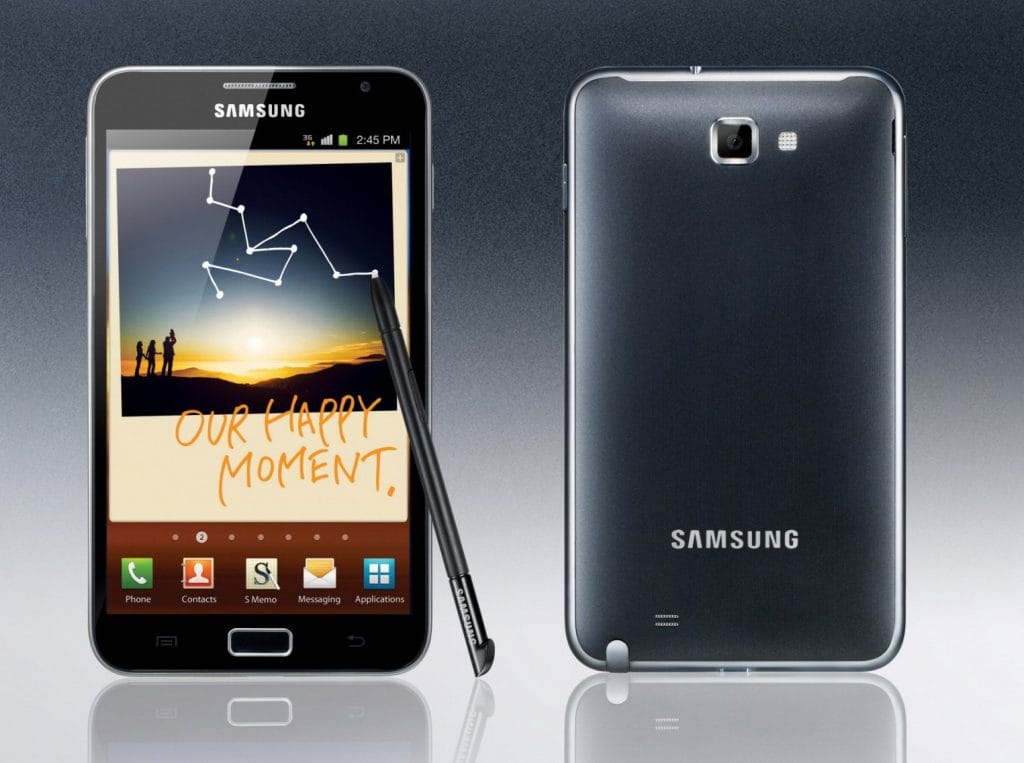
In 2011, smartphones were about as bare bones as they could be. Android phones and iPhone were in the stages of still building up to where they are today so Samsung releasing their Galaxy Note smartphone, was at that time, a rather questionable one. The Note launched with a huge (for that time) 5.3-inch display and packed up to 32Gb of storage. The Note was thought to be a behemoth of a smartphone for that time, making it lack the mass appeal that Samsung were hoping for. Many also did not see the point of the stylus (the S-Pen) it packed as a stylus was considered to be archaic with the birth of capacitive displays.
Some of the other specs the phone packed were a Qualcomm Snapdragon S3 processor, 1GB of RAM, an 8 megapixel rear camera and a 2 megapixel front facing shooter. All of these were specs that were considered high-end for its time. The Note went on to break all expectations and shipped out a whopping 10 million units.
The Note is said to be the birth of an icon as it played an important role in the idea of large smartphones. In this day and age, we are all used to large displays with the average smartphone display being 5.7-inches, however this would not have happened if not for the Galaxy Note. The Note made the “phablet” category and reality and became one of the most influential smartphones of its time.
Galaxy Note 2: A Refined Sucessor
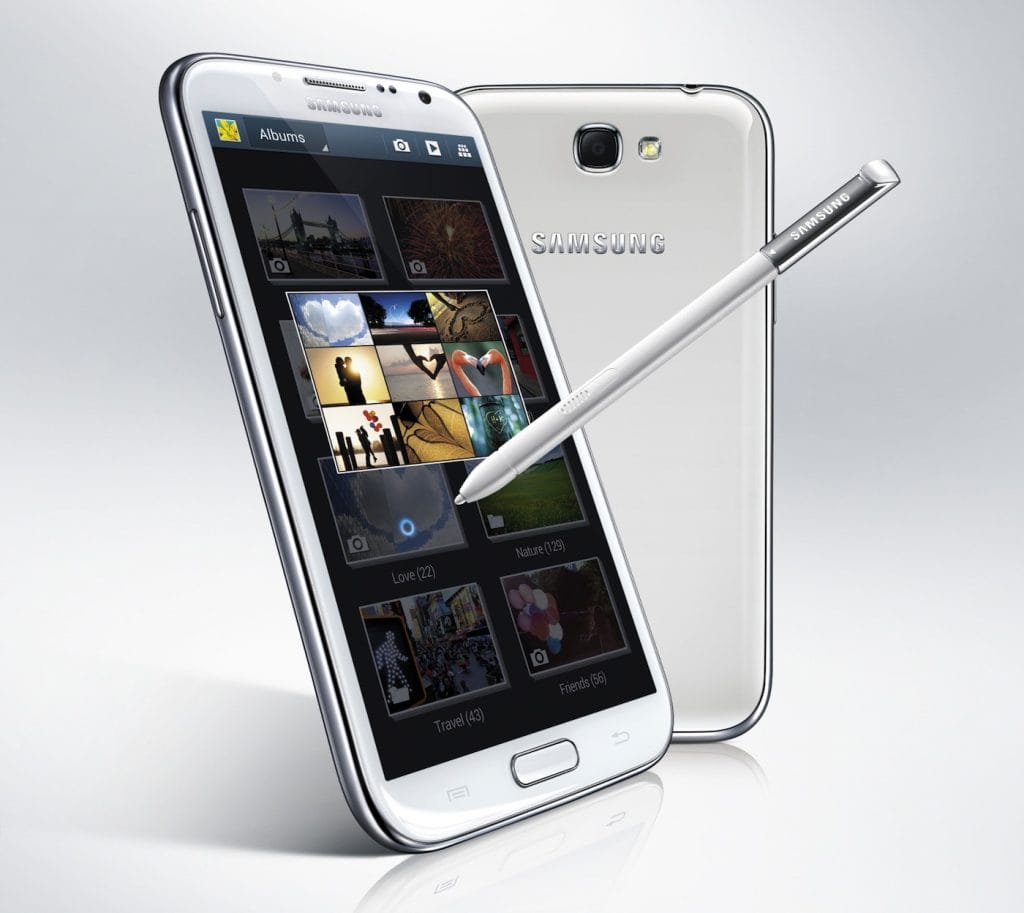
The Galaxy Note successfully created a new market of smartphone users, those who wanted a powerful smartphone as well as those who wanted a stylus equipped phone, hence the Galaxy Note 2 was mainly focused on refining the experience of the Note.
Samsung mainly focused on refining the design of the Galaxy Note 2, with the device having a much more ergonomic feel and a slimmer design as well. The company even reduced the size of the bezel on the screen and managed to squeeze in an even bigger 5.5-inch display without making the overall size of the phone that much bigger. The phone came with a bigger 3100 mAh battery and storage that went up to 64GB. Samsung also refined the S Pen by reducing the latency while also introducing the AirView feature which allowed users to use the stylus as a pointer without touching the display.
Overall, the Galaxy Note 2 was a step in the right direction for Samsung. It improved the overall package when compared to the original Note. All the refinements went down well with the users which was reflected in the sales of the Note 2, with 3 million units sold within the first 2 months.
Galaxy Note 3: Shifting Focus
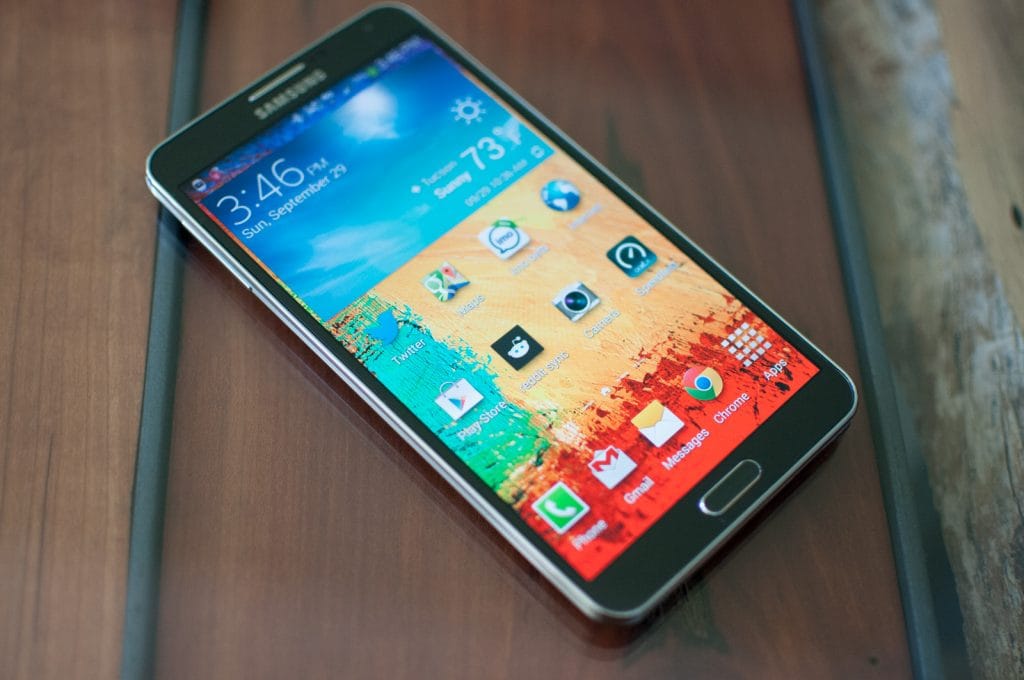
The Samsung Galaxy Note line by now was a huge hit among users. Owners of the Note 1 and 2 loved the size of the phone, the features the stylus offered and the overall feel of the phone, however with the Galaxy Note 3, Samsung set out to tap into a different market – the business users.
Samsung aimed to tap into this market through the design of the Note 3. The smartphone introduced an even bigger 5.7-inch display and was the first smartphone to have a full HD panel. The design of the Note 3 was something really unique for its time. The sides of the phone had a brushed aluminium look (however it was plastic) and the back had a faux leather look and feel to it. The faux leather created a very “grown up” feel and look to the smartphone which was Samsungs way of tapping into the man-on-the-go demographic. Other than the design, as usual the phone packed amazing features like 4K video recording, it was the first phone with 3GB of RAM and the S Pen also introduced the AirCommand feature.
The risky design paid off as the phone flew off shelves, selling over 10 million units and making it one of the best selling smartphones of 2013. Samsung had full control over the phablet market.
Galaxy Note 4/Note Edge: Time to Experiment
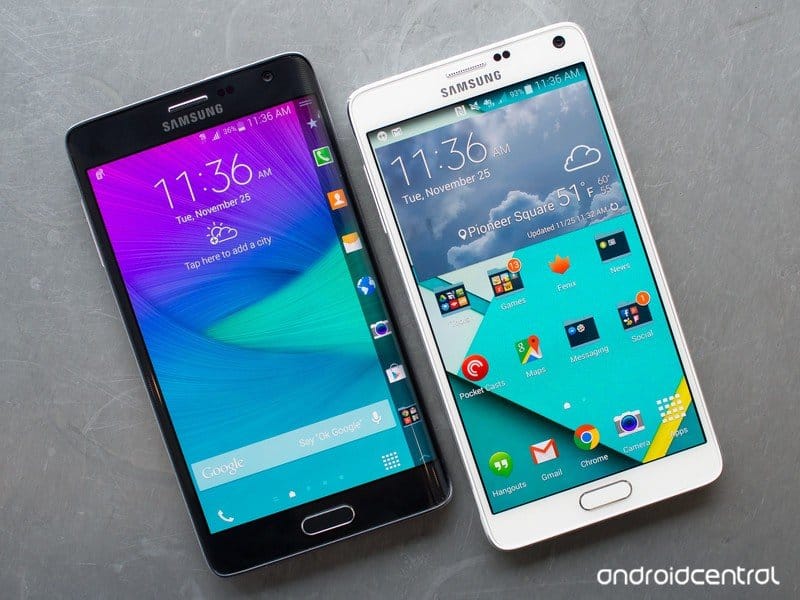
The year was 2014, and Samsung was killing it in the smartphone industry. Their S line and Note line of smartphones had so far been a smashing success, so Samsung decided to experiment a little this year.
The Note 4 went back to a standard plastic back with a leather like feel to it and added an aluminium frame for a more premium feel. This was also the first smartphone with a QuadHD display which made it one of the best displays of the time. They also introduced a fingerprint scanner, bumped up the camera to 16 megapixels and added a heart rate monitor at the back. All of this made a great smartphone and helped Samsung cement their place as a strong seller, hence they decided to experiment.
The Note Edge was a Note 4, with one main difference, one side of the screen had a curve to it. This was a rather cool feature for its time as no other smartphone had a curved screen on their smartphone. The screen curved over on one side and offered shortcuts to applications as well as display different things like the weather, the news or the time. This feature was later adapted to newer Samsung phones and became a staple of the S line and Note line.
Galaxy Note 5: Time to Go Premium
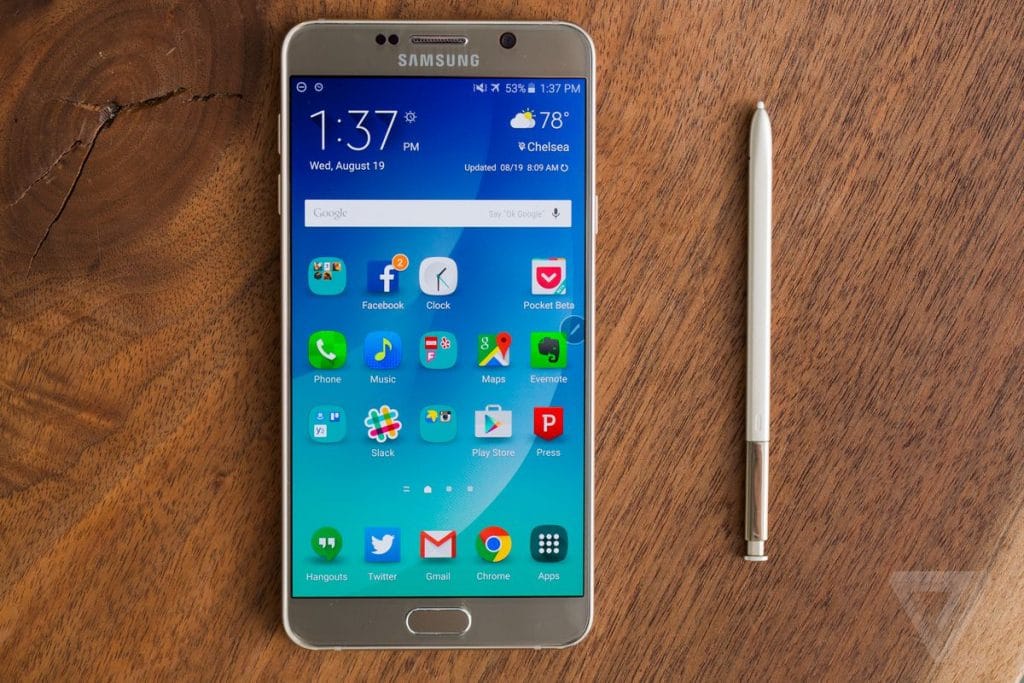
The Galaxy Note 5 was obviously and overall improved smartphone compared to the Note Edge and the Note 4 with the new model getting a better processor, a bigger battery and better cameras. However with the Note 5, Samsung focused on making the Note feel like an extra premium smartphone through its design.
The Note 5 was the first Note device to have a glass back and metal rails, the norm of most flagship smartphones in 2015. Due to the design change, Samsung had to remove some fan favourite features such as the removable battery and micro SD card expansion. Another design change was the S-Pen which now featured a spring loaded mechanism. The design was however, flawed as the mechanism would break if the S-Pen was inserted the wrong way.
Even with the removal of fan favourite features and a beautiful but flawed design, the Galaxy Note 5 was one of the best selling smartphones of 2015.
Galaxy Note 7/Note FE: Too Much Heat
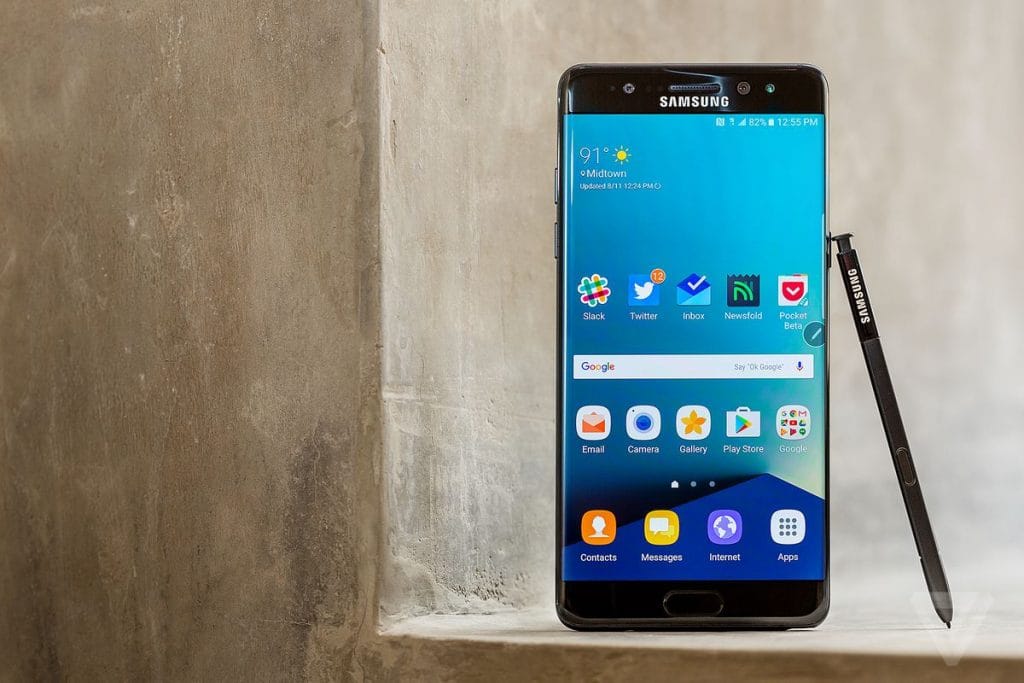
With the Galaxy Note 7, Samsung skipped the number 6 and decided to streamline the numbering system between their S line and Note line of smartphones. The Note 7 was one of the most exciting smartphones of 2016 and was capable of being the best smartphone of the year. It brought back expandable storage which was missing in the Note 5 and also introduced a USB Type-C port for charging which is now the norm in all smartphones, except the iPhone. The phone also brought back the iP68 water and dust certification and made upgrades to the S-Pen as well. The phone even broke records in terms of pre-order numbers in South Korea and other parts of the world too.
However, the Note 7 was short lived. As soon as the device got into the hands of consumers, there were reports of it overheating and exploding. Samsung picked up on this issue and said the reason was because of the battery and they issued recalls. However, the new replacement smartphones also started exploding and overheating on people. This led to Samsung pulling the plug on the Note 7 a mere 2 months after its launch.
Samsung did in fact re-release it later on as the Galaxy Note FE in select markets which included a smaller battery and safety features but sales were not as high as expected.
Galaxy Note 8: A Reset
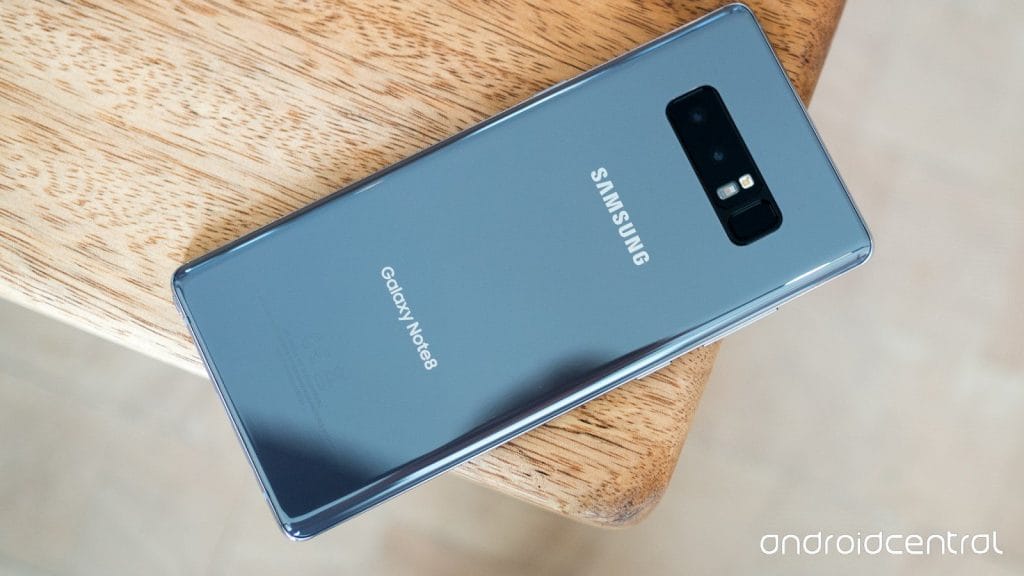
Samsung had a lot to prove with the Galaxy Note 8. After the incidents with the Note 7, Samsung had to prove that consumers could trust them and that their smartphones were in fact, safe to use.
Samsung ended up playing it safe with the Note 8. They put in a smaller battery to prevent a similar experience as the Note 7 and also introduced multiple safety features. The specs of the phone were upgraded to the latest and greatest, but more importantly, this was the introduction of Samsung DeX. This feature allowed you to use the Galaxy Note 8 as a computer when plugged into a monitor and keyboard. The Note 8 also introduced a dual camera set up for the first time.
Sales were not expected to be high after the problems with the Galaxy Note 7, but Samsung broke all expectations with over 200,00 units pre-ordered on the first weekend. Samsung had gained back the trust of the consumers and were back to putting the Note where it belonged, the top of the pecking order.
Galaxy Note 9: Nothing New
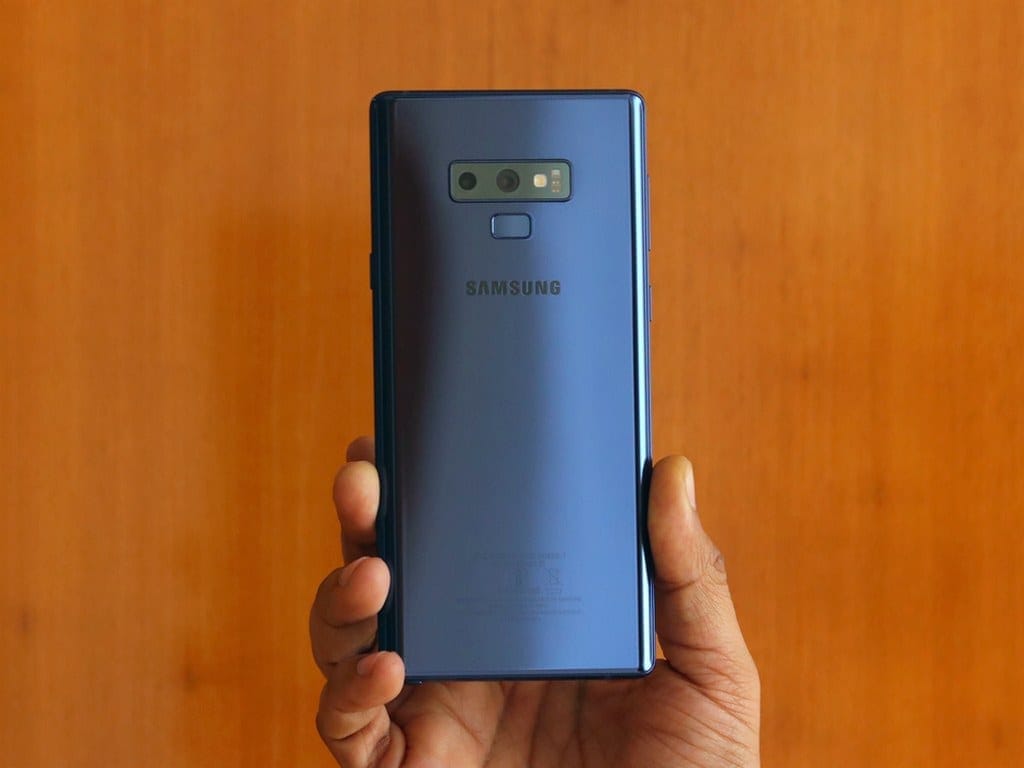
The Galaxy Note 9 seemed to be more of a minor upgrade more than anything. It kept the same design as the Note 8, barring the change of placement of the fingerprint scanner and also introduced a model that went up to 8GB of RAM but this was nothing to write home about.
Samsung refined the DeX experience and also made improvements to the S-Pen. It now had Bluetooth capabilities and a built in battery. The S-Pen could now be used for more things like a camera shutter button or even a shortcut to switch between slides in a presentation.
The lack of anything new in the Note 9 saw a drop in sales with the device only selling 9.8 million units, much less than the Galaxy Note 8.
Note 10/Note 10+: A Higher End Flagship
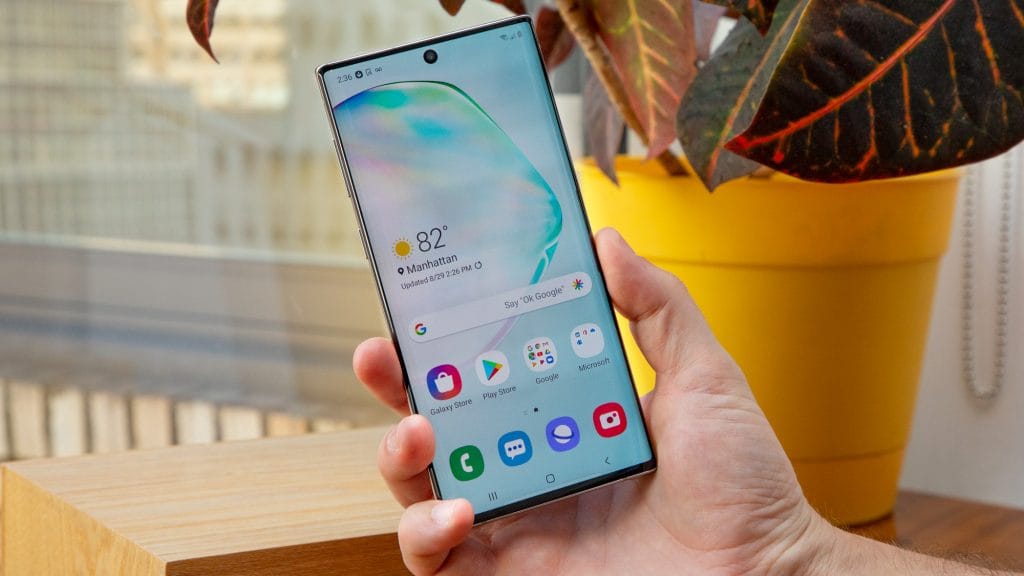
The Note 10 launching in two sizes was a move that Samsung had to make after the poor sales of the Note 9. Smartphones were now getting much larger and launching the phone in 2 sizes allowed Samsung to have a lower end smaller Note and a bigger higher end Note.
The Note 10+ had a huge 6.8-inch AMOLED display while the smaller version had a 6.3inch Full HD display. The two phones had the same processor and the same camera set up so other than the screen size and the battery, there was not much to differentiate both the devices. The Note was also among the first Samsung devices to drop the 3.5mm headphone jack.
The Note 10 was a huge success compared to the Note 9. It broke records in South Korea and all around the world by selling a million units in less than 30 days.
Galaxy Note 20/Note 20 Ultra: Final Hurrah?
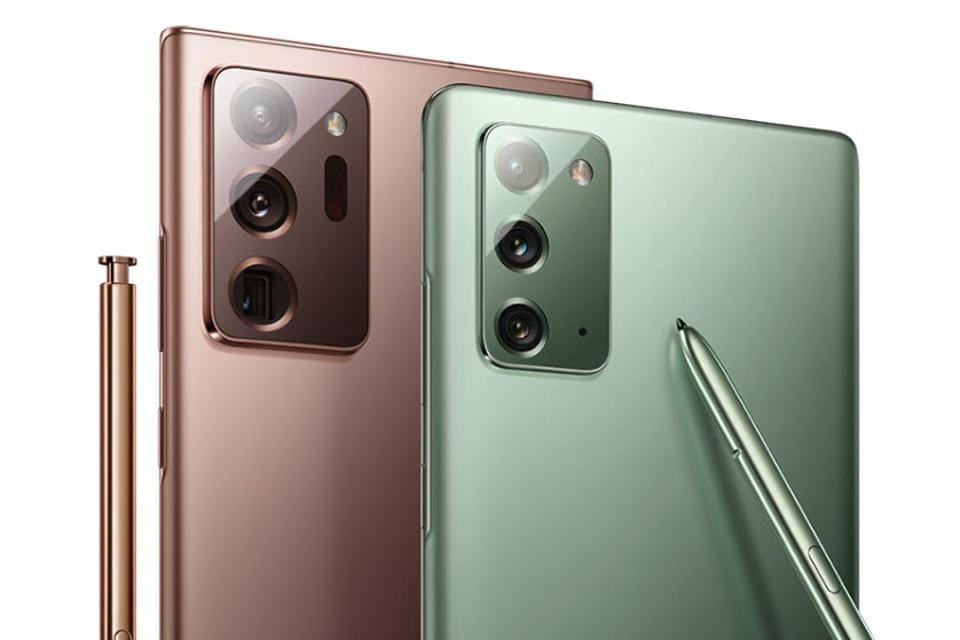
The Note 20 series is an overall upgrade to everything that was good with the Note 10 series. It proved to be a much more refined version of the Note 10 and Note 10+.
The design was swapped out for a matte glass finish on the Note 20 Ultra and a matte plastic back on the Note 20. The display was upgraded to have a 120Hz refresh rate on the Ultra variant but not the regular Note 20. While the Note 20 Ultra was a significant upgrade especially with its new 108 megapixel sensor, the Note 20 was a let down. The back was plastic and it used a last generation 12 megapixel sensor. For a price of over 800 USD, this was definitely a device that was not worth the money.
The Note 20 Ultra was met with rave reviews, with many calling it the best Note to date but the regular Note 20 was called by many to be the flop of the year.
The Future of the Note?
With the Galaxy Z fold being the new high-end smartphone that Samsung is pushing, rumour has it that they plan to add a stylus to the new Z Fold 3 and kill off the Note line all together. It will be sad to see the Note line get killed, but this idea of making the Z Fold the new “ultra flagship” does make for an exciting future of foldables. The Note had a good run, maybe it is time for something new?

